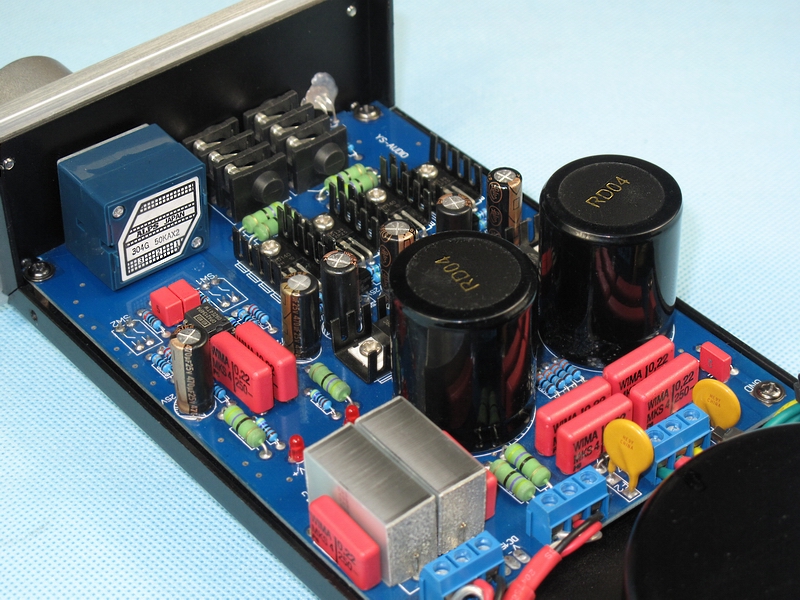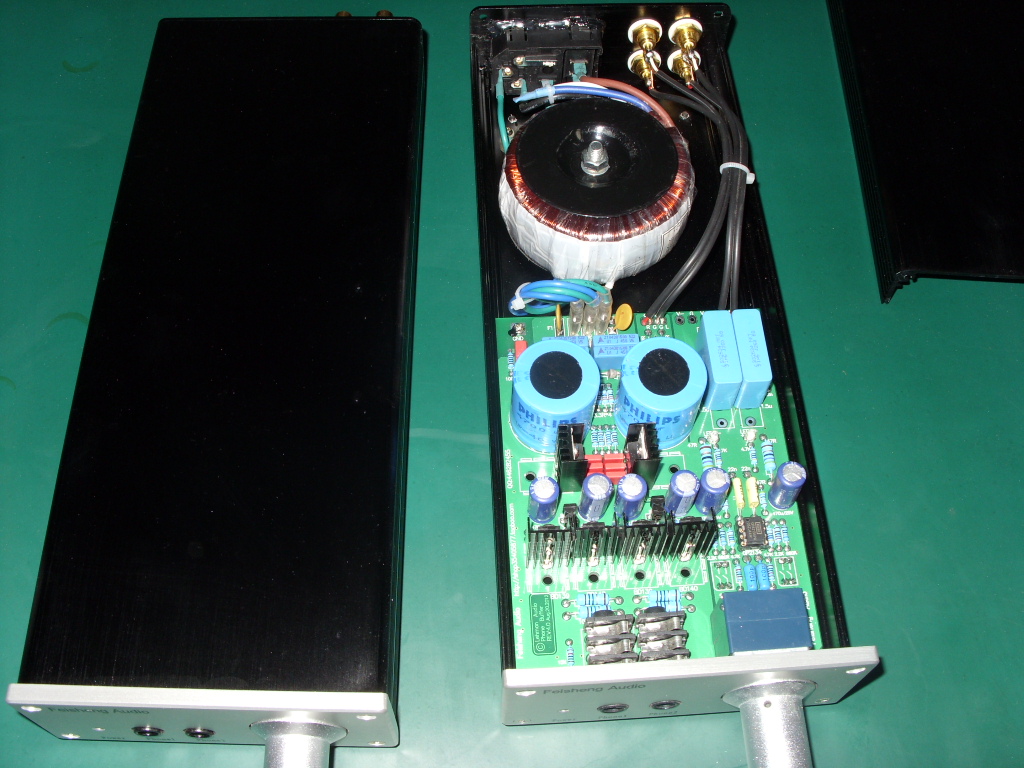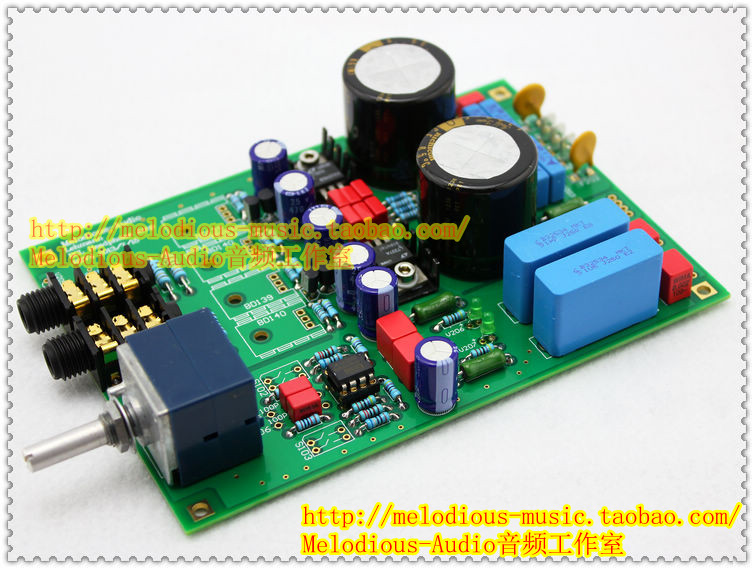nippon
New Head-Fier
- Joined
- Jul 10, 2012
- Posts
- 38
- Likes
- 10
Hi!
You need a DMM - "Digital Multimeter". Use the mode for 200mV or 20mV and use the red and black "chopsticks" to read the... let me call it failure rating (DC Offset) of the Output.
Here is a good "how to" on this website, but for speaker amps -> http://www.wikihow.com/Measure-DC-Offset
For Headphone amps is nearly the same:
*Open the case for measurements and put one test lead to the phone output. In case you don't know the connection of a phone connector ->
So measure this:
between ring 2 and ring 1
between ring 2 and tip
0mV is very good < less than 50mV is fair but ok < more than 51mV is bad < when there is a offset bigger than 100mV, do yourself a favor and don't connect such expensive phones like the audio technica. They may take damage.
You did not solder the LC by yourself, do you?
* if you never opened an electronic device before, please be careful or ask someone who has experience. Inside the LC are some voltages, that can hurt and close to the transformer (the round thing) is enough voltage for very serious injuries! Every device powered by a wall outlet can be dangerous, when you open it!!!
Also don't start to put test leads everywhere just for fun, i did that when i started in DIY. Some components may take damage if you create bridges for the voltage with your DMM.
kind regards!
PS: The quality of components... that is a very large topic on a headphone amp. Best way to solve a problem is to find the reason. Check the DC offset, then we will go further
(edit: it was late and my mind spoke german to me )
)
You need a DMM - "Digital Multimeter". Use the mode for 200mV or 20mV and use the red and black "chopsticks" to read the... let me call it failure rating (DC Offset) of the Output.
Here is a good "how to" on this website, but for speaker amps -> http://www.wikihow.com/Measure-DC-Offset
For Headphone amps is nearly the same:
*Open the case for measurements and put one test lead to the phone output. In case you don't know the connection of a phone connector ->
| Tip (close to the heatsinks) | Ring 1 | Ring 2 (close to the front) |
|---|---|---|
| Left Channel | Right Channel | GND |
So measure this:
between ring 2 and ring 1
between ring 2 and tip
0mV is very good < less than 50mV is fair but ok < more than 51mV is bad < when there is a offset bigger than 100mV, do yourself a favor and don't connect such expensive phones like the audio technica. They may take damage.
You did not solder the LC by yourself, do you?
* if you never opened an electronic device before, please be careful or ask someone who has experience. Inside the LC are some voltages, that can hurt and close to the transformer (the round thing) is enough voltage for very serious injuries! Every device powered by a wall outlet can be dangerous, when you open it!!!
Also don't start to put test leads everywhere just for fun, i did that when i started in DIY. Some components may take damage if you create bridges for the voltage with your DMM.
kind regards!
PS: The quality of components... that is a very large topic on a headphone amp. Best way to solve a problem is to find the reason. Check the DC offset, then we will go further

(edit: it was late and my mind spoke german to me
 )
)


























